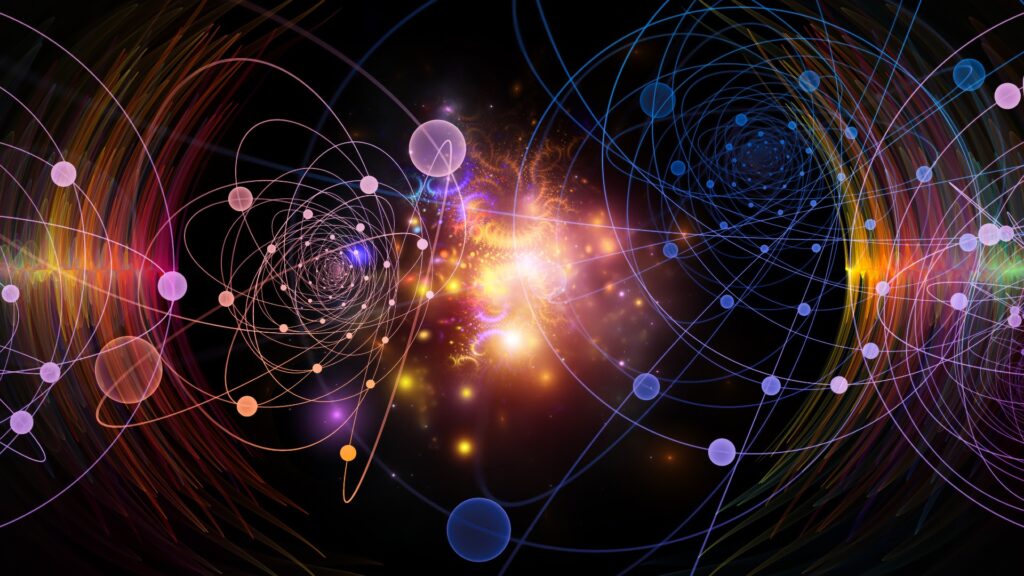All About Quantum Sensing

Quantum Sensing is based on the principles of quantum mechanics and utilizes the unique properties of quantum systems, such as superposition and entanglement, to enhance the precision and accuracy of measurements. In quantum sensing, the quantum properties of a system, such as its spin or polarization, are used to detect changes in the environment with high sensitivity.
The basic principle of quantum sensing is to use a quantum system as a sensor, such as an atom or a photon, to detect environmental changes. This is achieved by mapping the environment changes onto the sensor’s quantum state. For example, a change in a magnetic field can be mapped onto the spin state of an electron, and a change in temperature can be mapped onto the energy levels of an atom.
Quantum Sensing can be performed using a variety of techniques, including:
- Quantum Interference: Interference is a fundamental aspect of quantum mechanics and can be used to detect changes in the environment. In this technique, a quantum system is prepared in a superposition of two or more states, and the interference between these states is used to detect changes in the environment.
- Quantum Entanglement: Entanglement is a phenomenon in which two or more quantum systems become correlated, and their states become dependent on one another, even when separated by large distances. In quantum sensing, entangled systems can detect changes in the environment. For example, two entangled photons can be used to detect changes in the polarization of light.
- Quantum Decoherence: Decoherence is a process in which the quantum coherence of a system is lost, and the system becomes classical. In quantum sensing, the loss of quantum coherence can be used to detect changes in the environment. For example, the decoherence of a quantum system can be used to detect changes in temperature or pressure.
Quantum Sensing is an active field of research and offers many potential advantages over classical sensing methods, including higher precision and accuracy, lower noise, and improved sensitivity. These advantages make quantum sensing useful in a wide range of applications, including precision metrology, medical imaging, environmental monitoring, and more.
Quantum Sensing is used in a variety of applications, including:
- Precision metrology: quantum sensors can be used to measure quantities with high accuracies, such as time, length, and magnetic field.
- Medical imaging: quantum sensors can be used to produce high-resolution images and sensitivity, enabling early detection and diagnosis of diseases.
- Environmental monitoring: quantum sensors can be used to monitor changes in the environment, such as temperature, pressure, and humidity.
Industries that use quantum sensing include:
- Aerospace and Defense
- Healthcare
- Energy and Oil
- Agriculture
- Environmental monitoring
- Navigation and Geolocation
- Material Science
- Information Technology.

Hamed Nazari
Hamed is an innovative and results-driven Chief Scientist with expertise in Quantum Science, Engineering, and AI. He has worked for leading tech companies in Silicon Valley and served as an Adjunct Professor at UC Berkeley and UCLA.
